Very cool, so take a close look at the caterpillar and you will see two "eyes" and a very triangular snake-shaped "head". So totally cool that the bird wasn't fooled by this obvious defense strategy, probably plucking it off so fast it didn't have time to do the "look like a snake" thing. These caterpillars are even known to make a striking motion and really have the whole snake thing down.
|
The slaty-tailed trogon is just one of the most beautiful birds. We were over at the neighboring Hacienda Baru to get permission to catch some of their mosquitoes (how hard was that!) and I got a chance to take a short walk to the beach. Along the trail was this trogon just sitting and hunting as they tend to do. But while taking a couple photos it made a quick attack flight and landed nearby with a large caterpillar in it's mouth. Even though I wasn't all that far away, there was no way to see what kind of caterpillar it was. But when I looked at the photos it is clearly one of the snake-headed caterpillars. I am not really sure of the ID even from the photo, but probably Hemeroplanes ornatus which is one of the sphinx moths. Very cool, so take a close look at the caterpillar and you will see two "eyes" and a very triangular snake-shaped "head". So totally cool that the bird wasn't fooled by this obvious defense strategy, probably plucking it off so fast it didn't have time to do the "look like a snake" thing. These caterpillars are even known to make a striking motion and really have the whole snake thing down. And as an end note. Most animals seem to prefer to eat prey head first. So, the bird gave the caterpillar a quick flip toss spinning it around so the head was at the beak. And down the hatch it went.
0 Comments
There were quite a lot of amphibians of two species in this pond. Five individuals are visible in this photo. Can you spot them all?
A caterpillar that is nearly invisible on grass.
Flies are very common to see on daisies. And if you look a bit more closely, crab spiders are also common on daisies. And sometimes, both are on the same flower, and we can only guess what comes next.
These beautiful spiders don't spin webs, but like to sit on white flowers and wait for an insect to land. Very camouflaged! This one is a female, as the males are much smaller.
There are a lot of cicadas out there. Here is one from the island of Borneo, Malaysia.
Camouflage InnThe Camouflage Inn is a must visit if you are anywhere near it. Which is to say somewhere north of Punxsutawney, Pennsylvania and just south of Dubois along route 119.. Yes, it is a bar, so 21 or older to go there. The people you will meet there are awesome, and if you have time they have stories to tell. Plan a couple hours, as this is not a usual bar and well worth the time visiting. This coming weekend is Biker Week, so if you have a Harley or similar you will find many friends there. You can find out what is going on either on their Facebook page: https://www.facebook.com/pages/Camouflage-Inn/106484032715075 or their website (which is just getting fired up) at: http://camouflageinn.com/ UPDATE: I just read the comment from Warren, and it came to me. A crenulated bug. Well, not quite, maybe, but that was enough to get me to the Family: Aradidae (the flat bugs) and the Genus: Aradus.
Not so long ago I put up some pics from Lake Frank. Rock Creek Regional Park is pretty much just across the road, and leads to Lake Needwood. I went up there a second time to have a look at the Rock Creek end of things. There were deer all over the place, so I took a few pics. And just to make this post as complex as possible, I am including a camoflage animal shot. Can you find it and name it? Answer photo is at the bottom of this post. And now, if you have read this far, it is quiz time. A bird and a feather. What species do you think these are (from). As no one has taken a stab at this feather, I will tell you it is from a northern flicker. And, since you have been waiting, here is the close-up of the camoflage animal.
|
AuthorKeith Christenson - Wildlife Biologist Categories
All
Author
Keith Christenson Wildlife Biologist Archives
September 2021
|
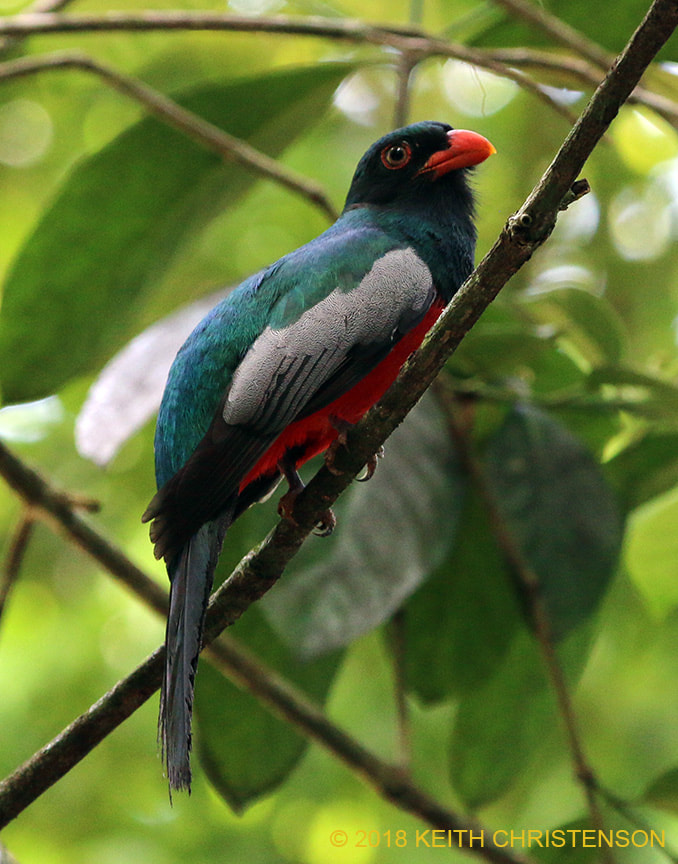
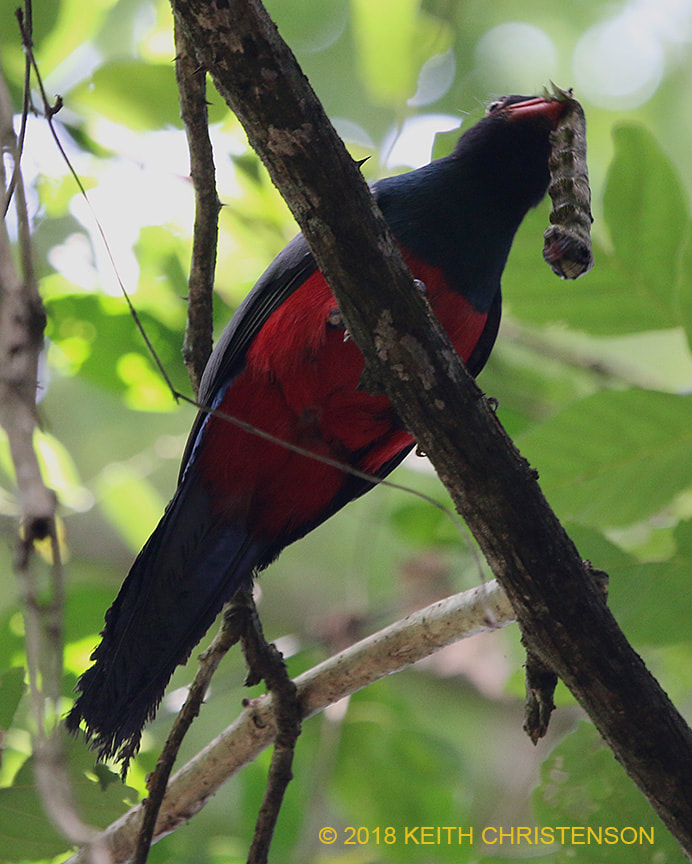
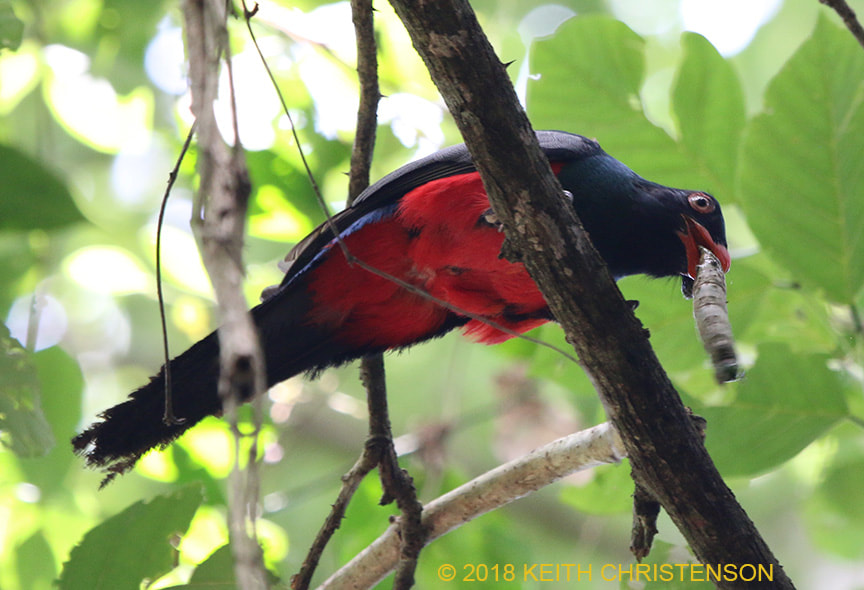
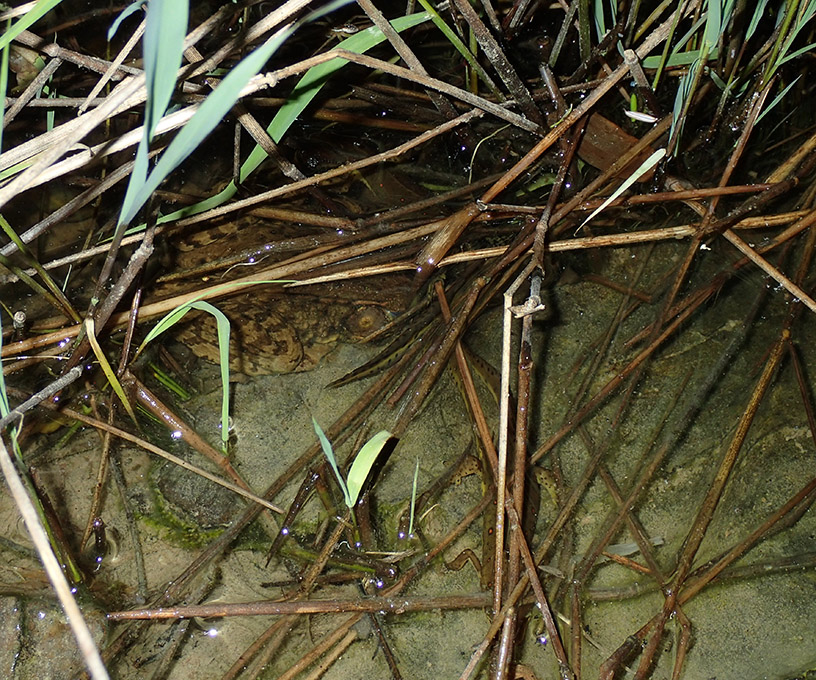
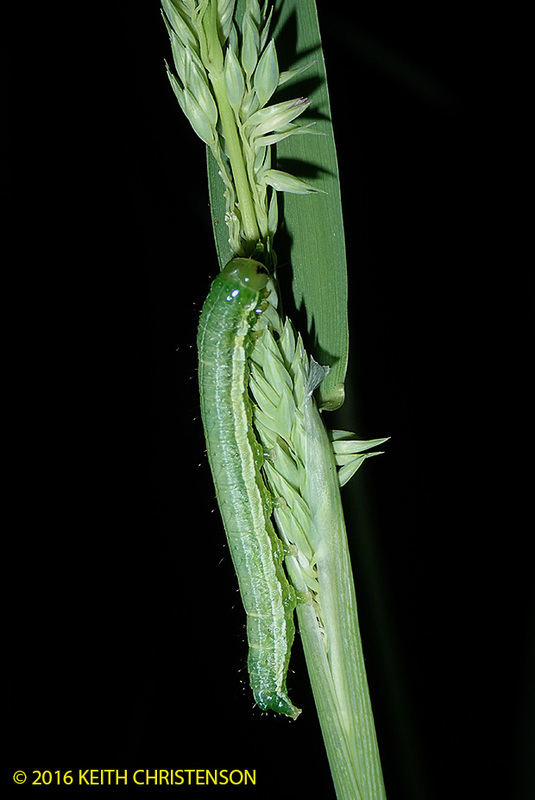
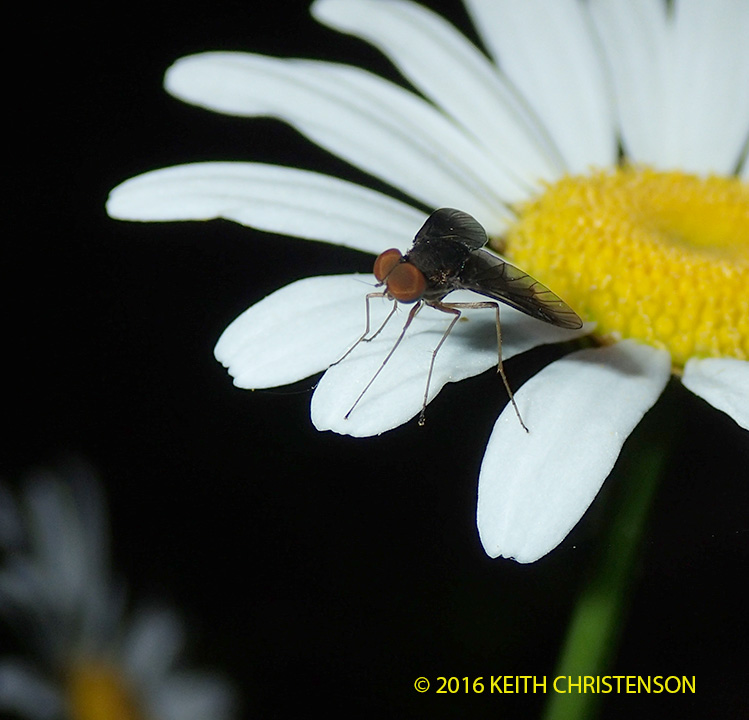
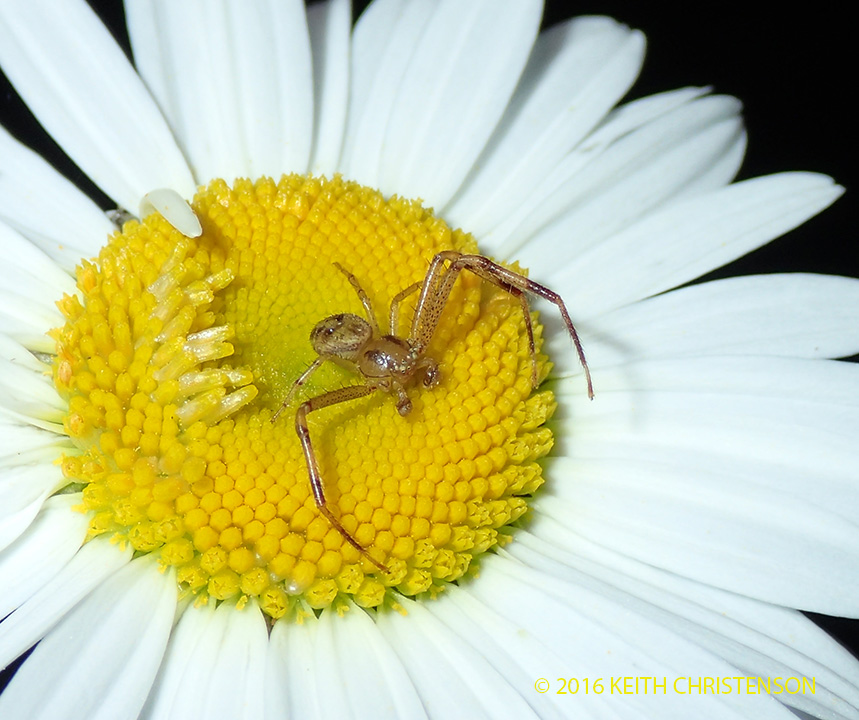
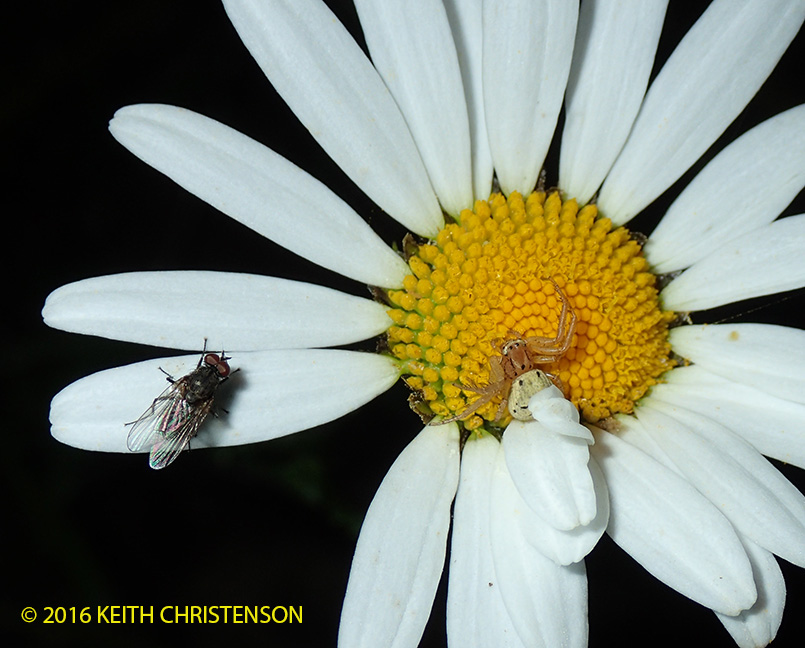
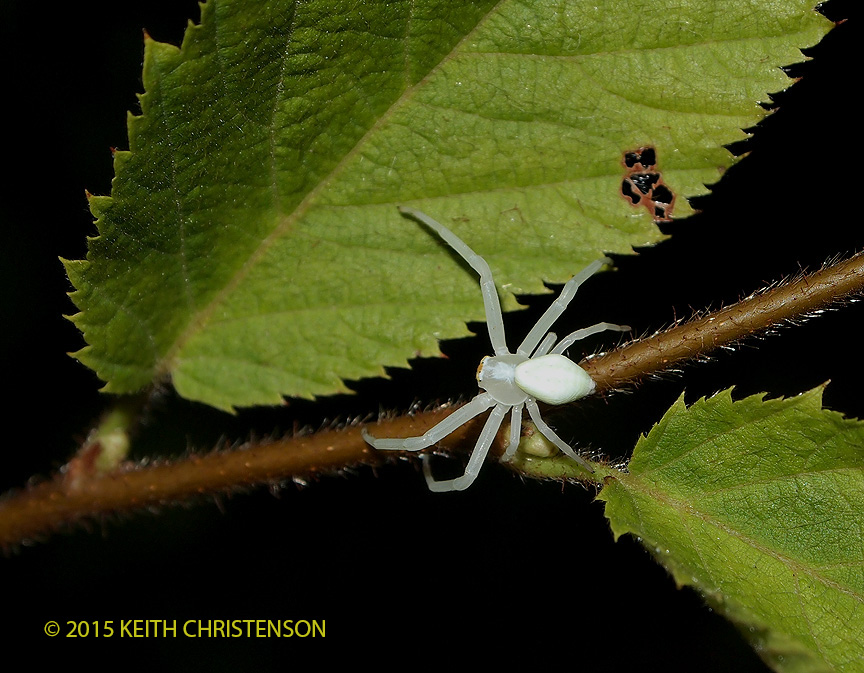
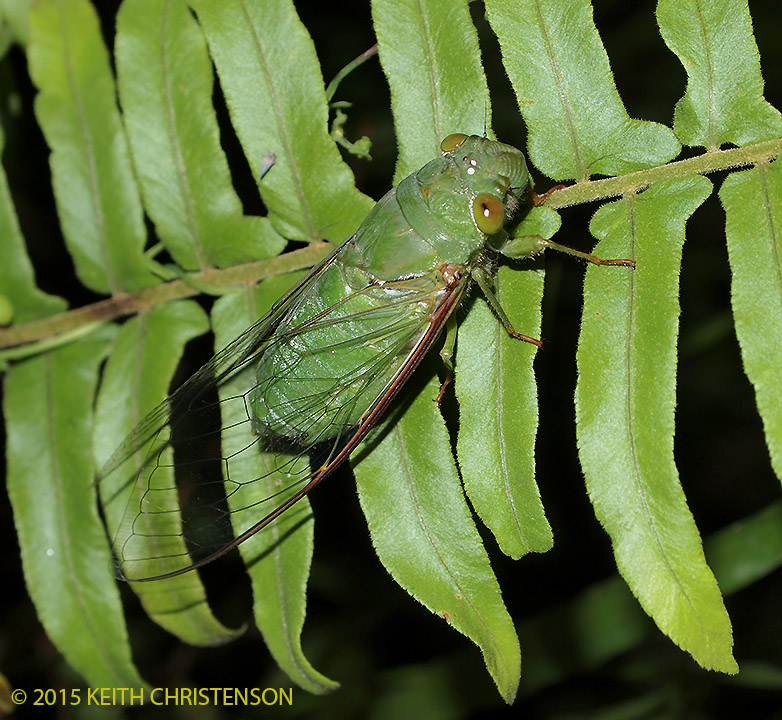

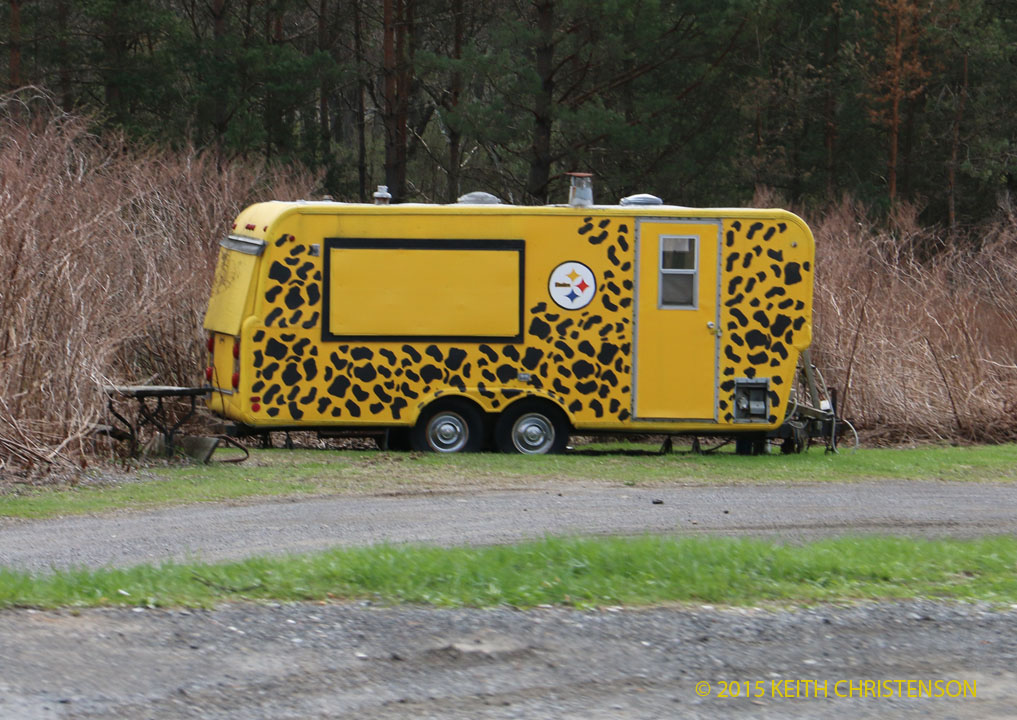



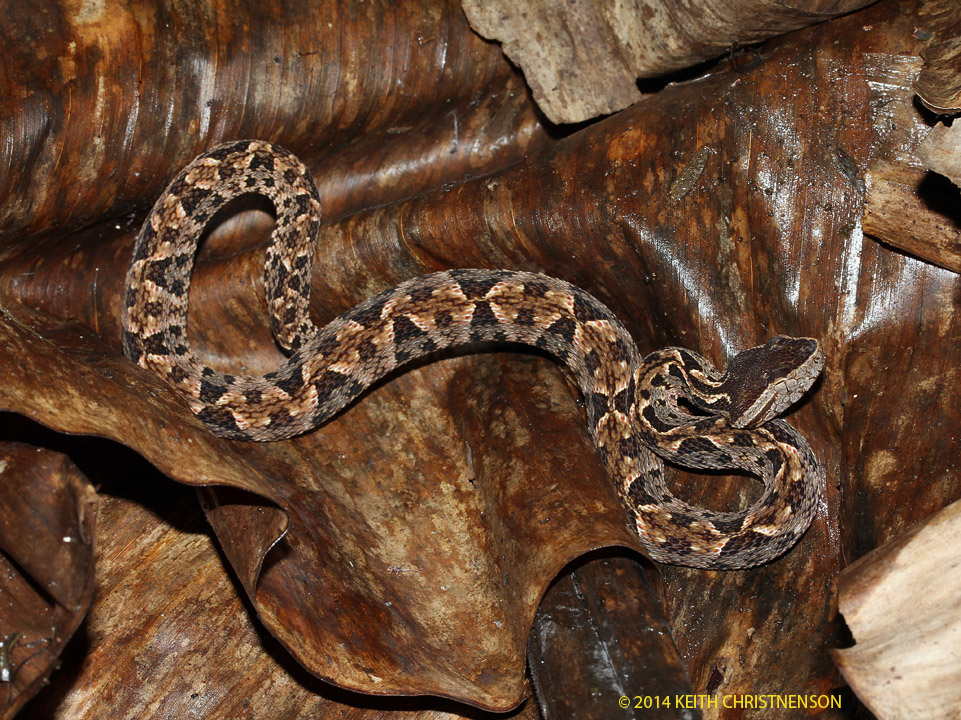
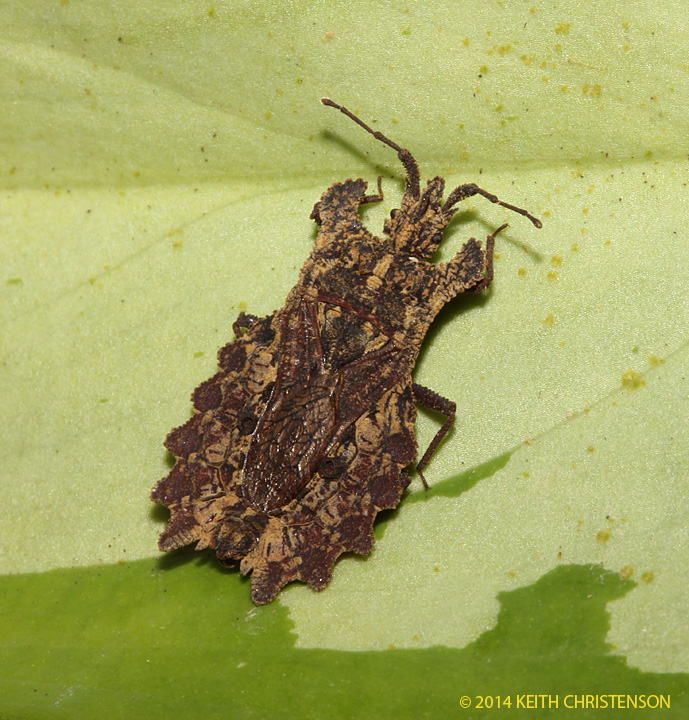
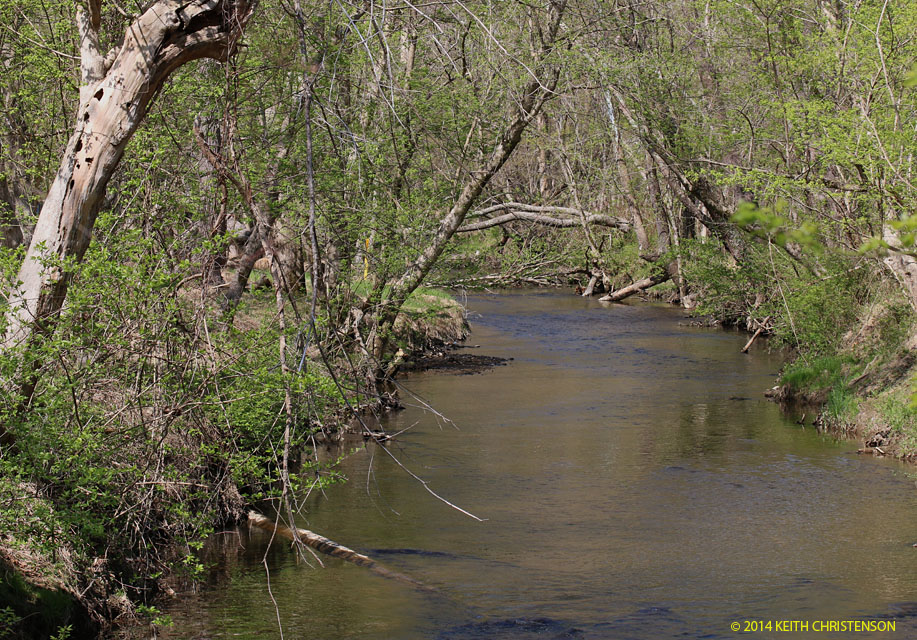
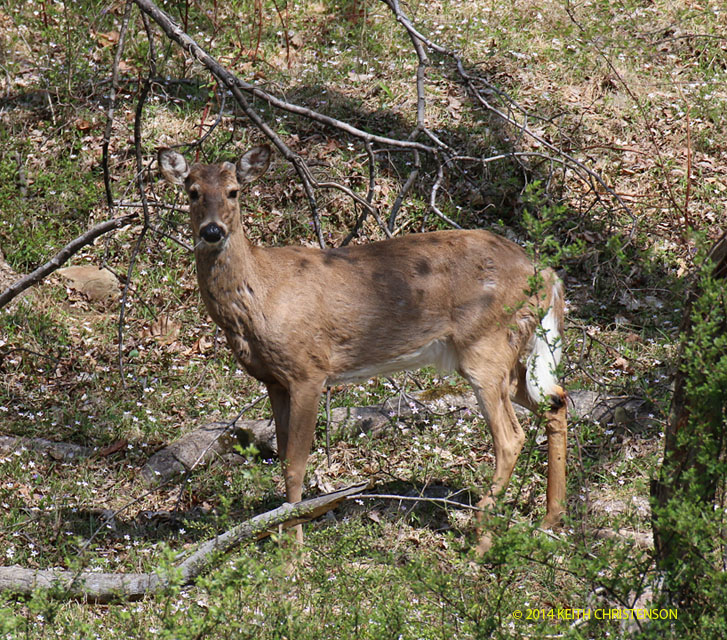
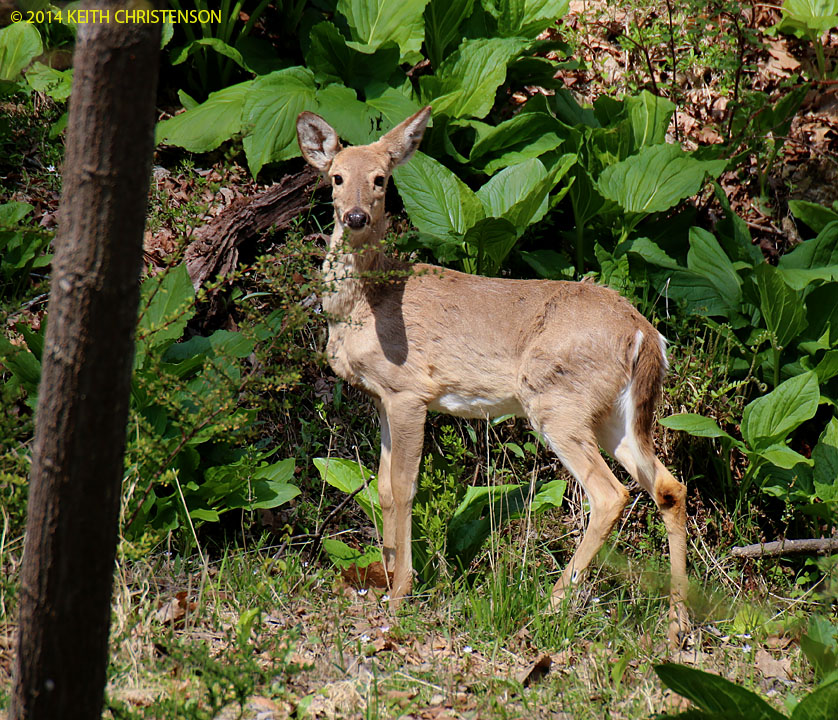
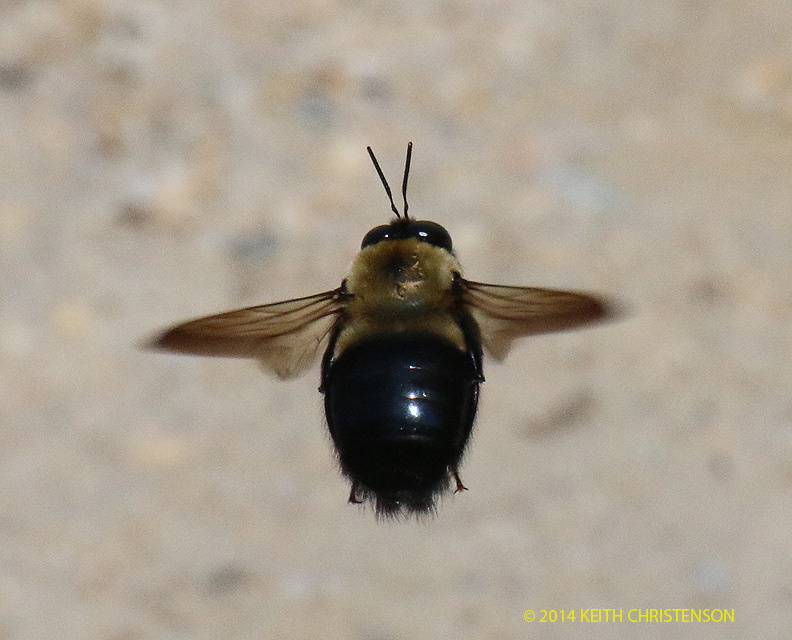
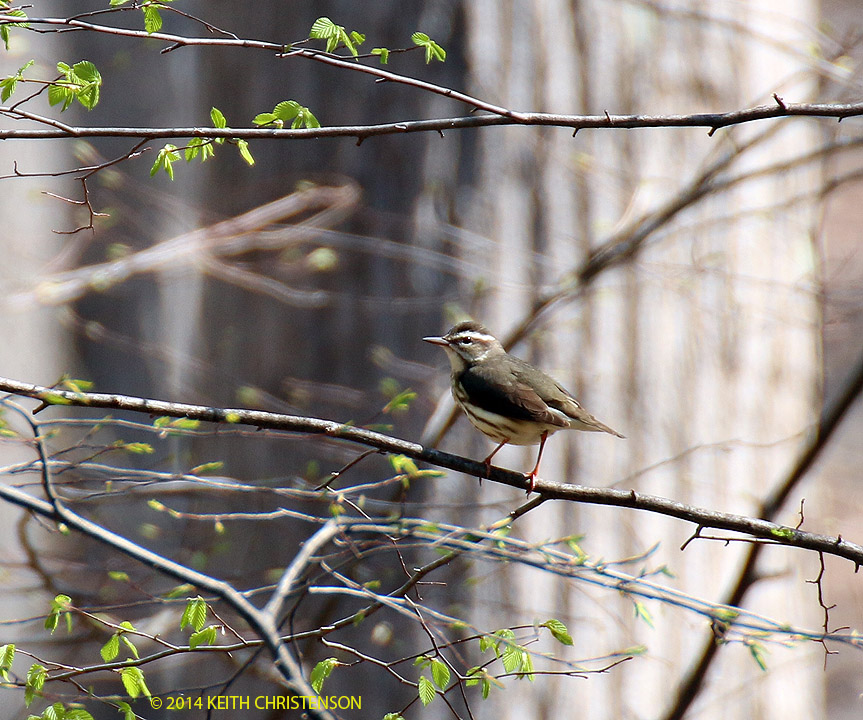
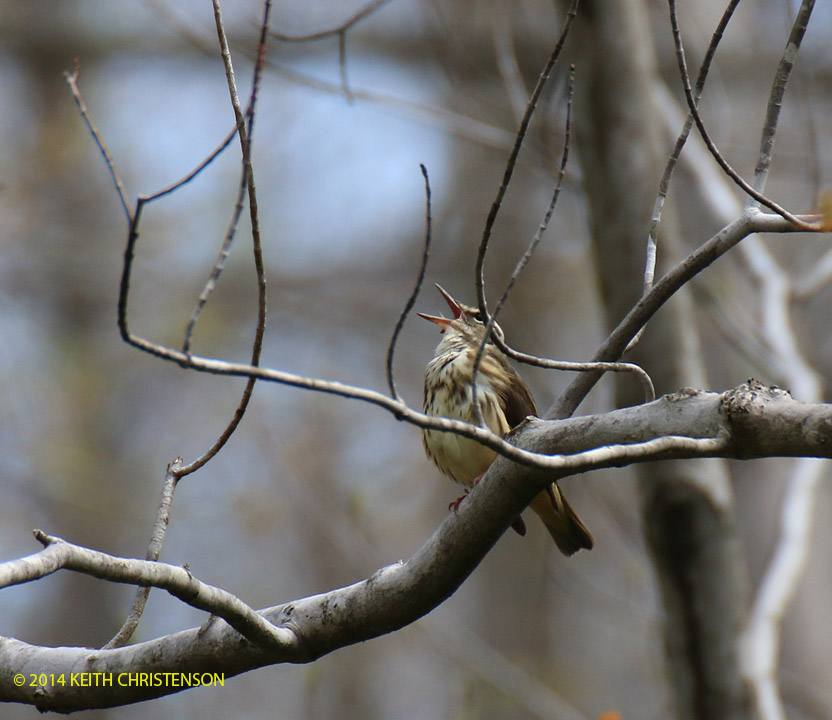
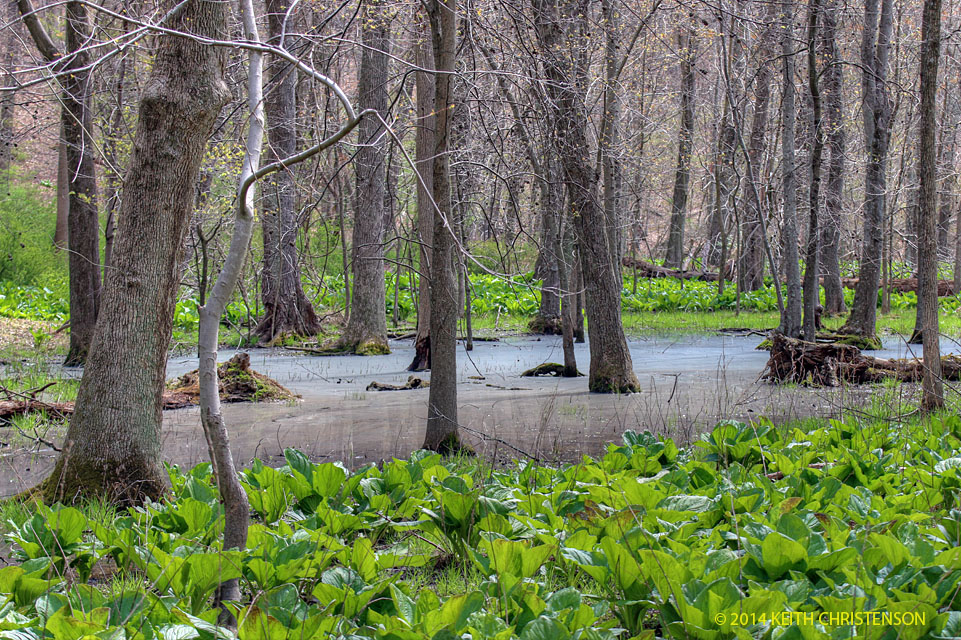
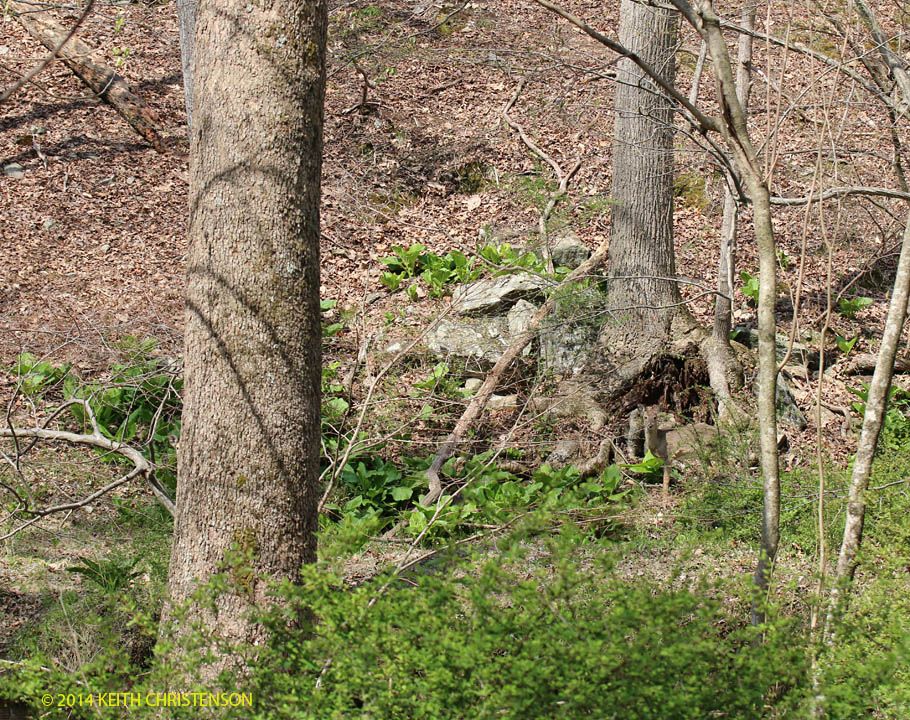
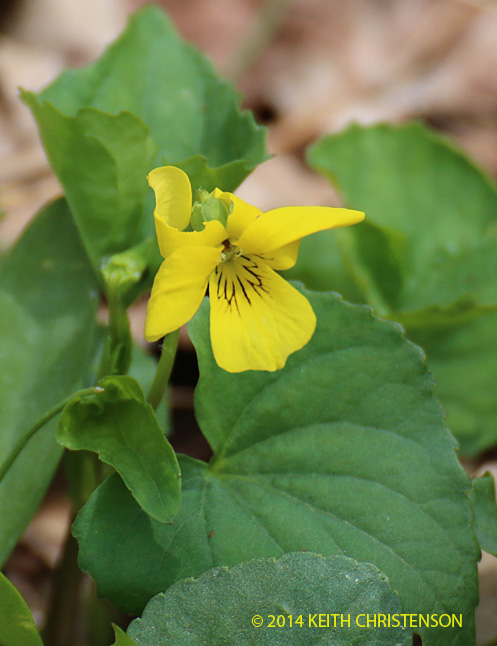
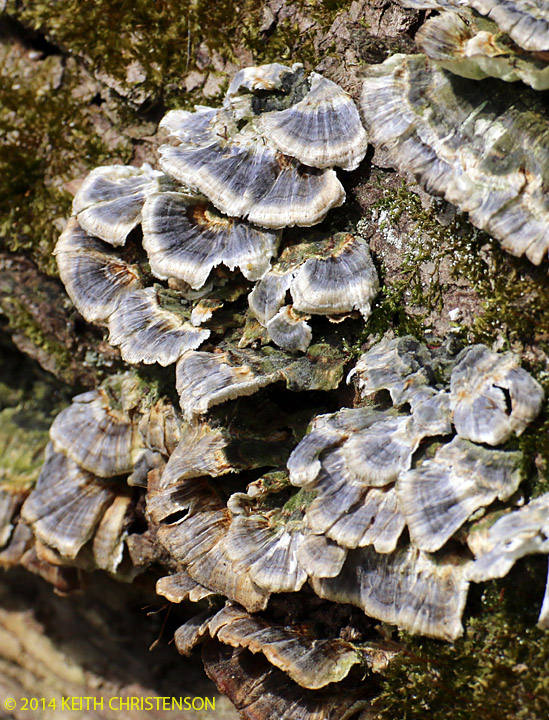
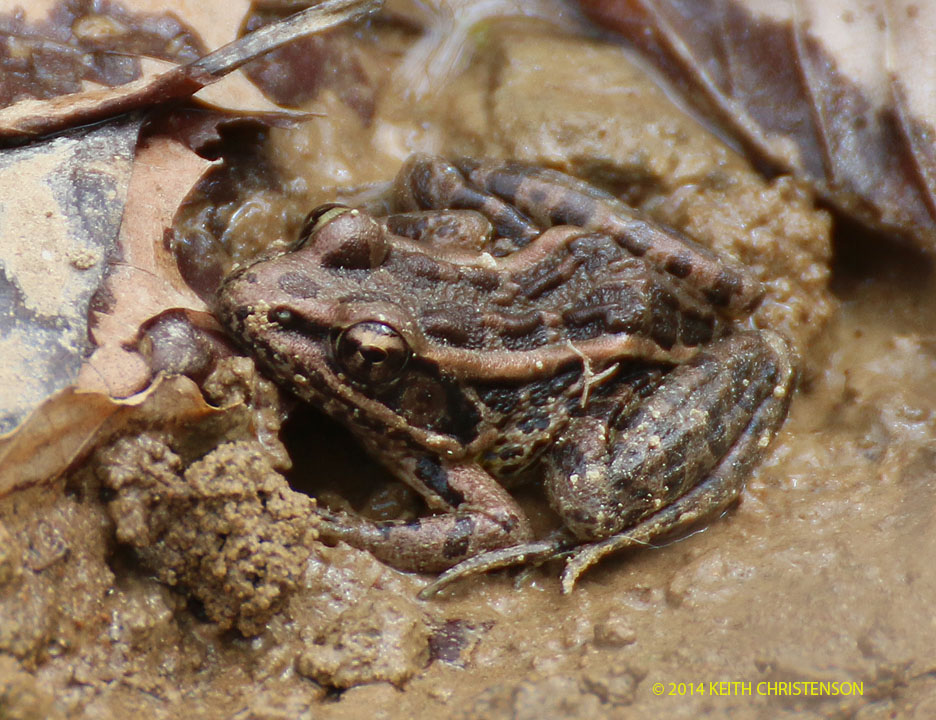
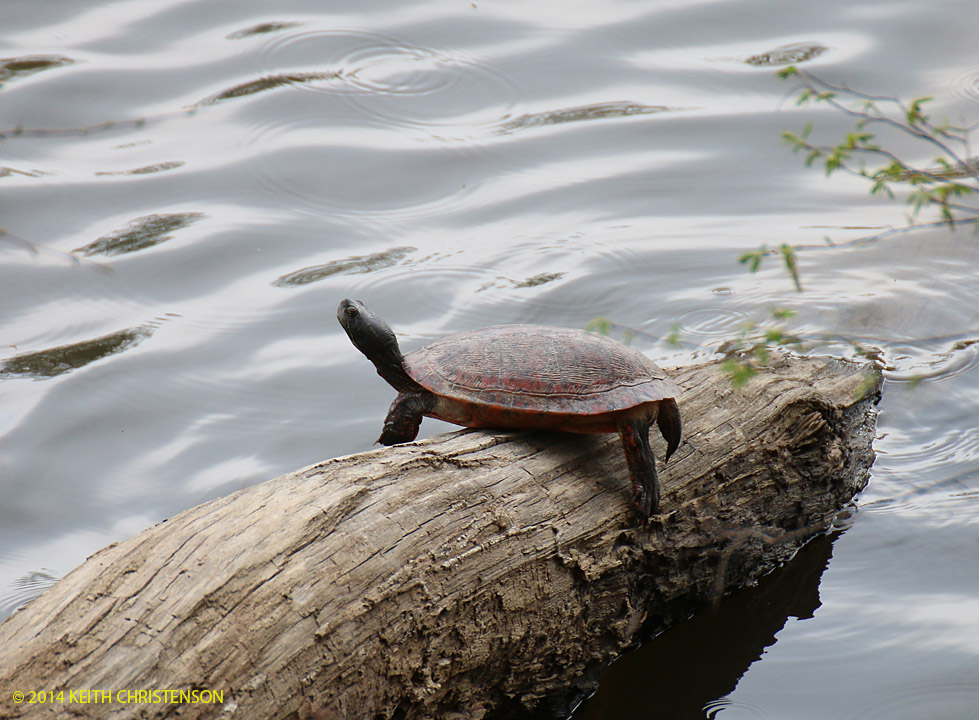
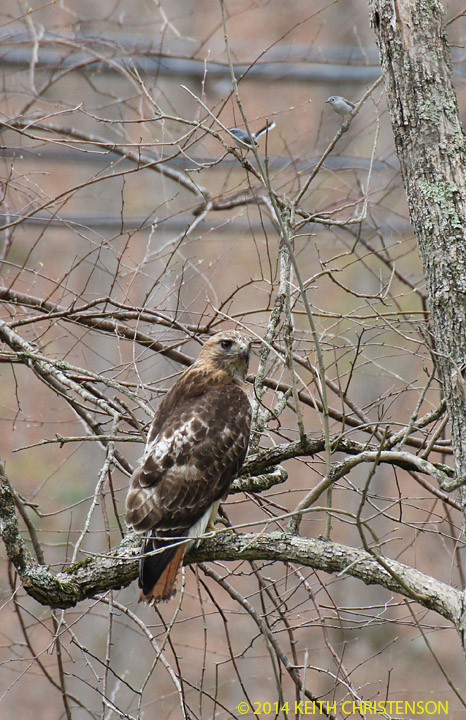
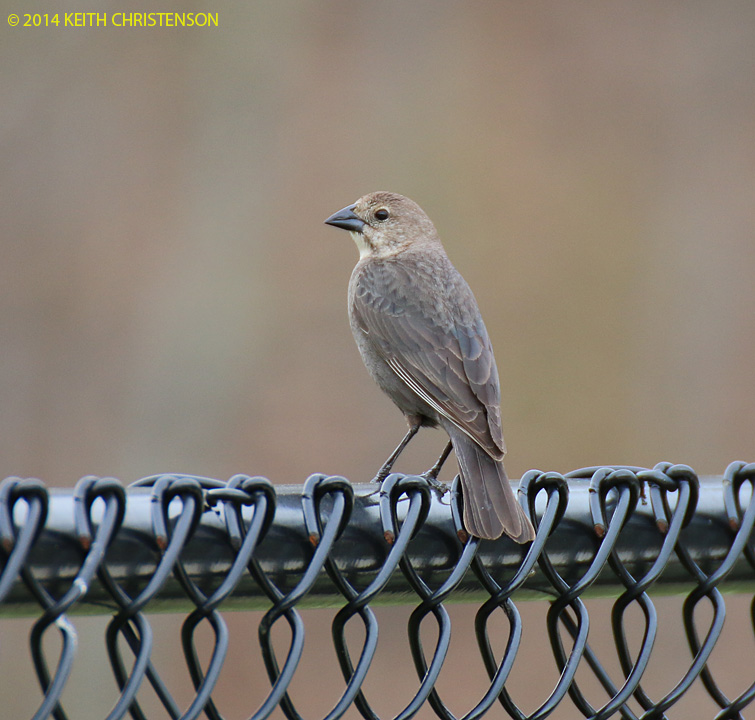
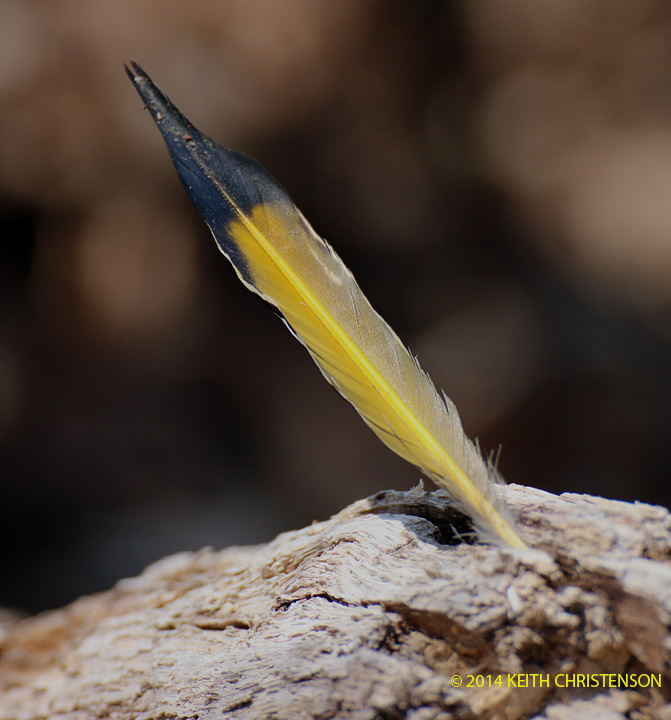
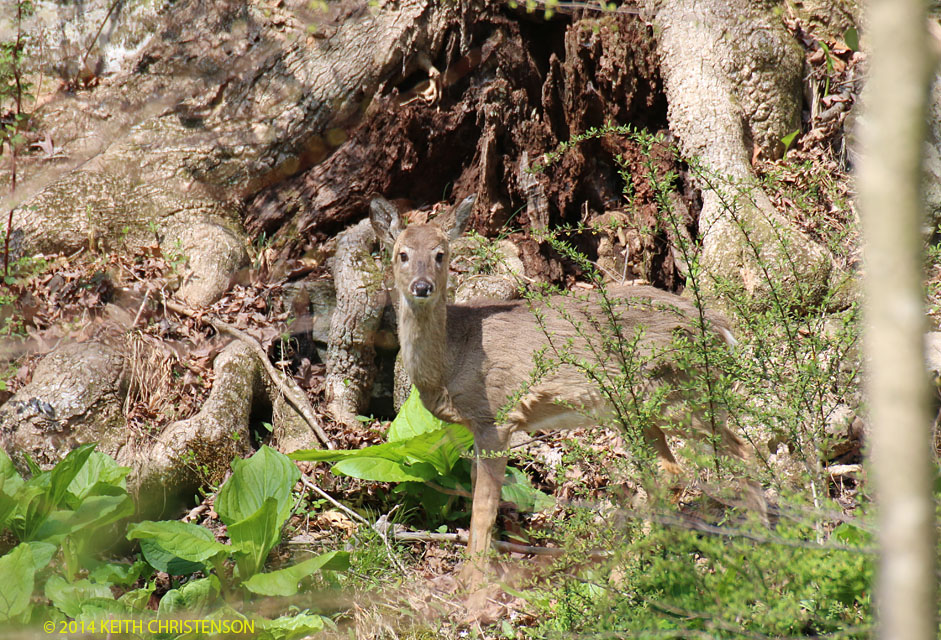
 RSS Feed
RSS Feed